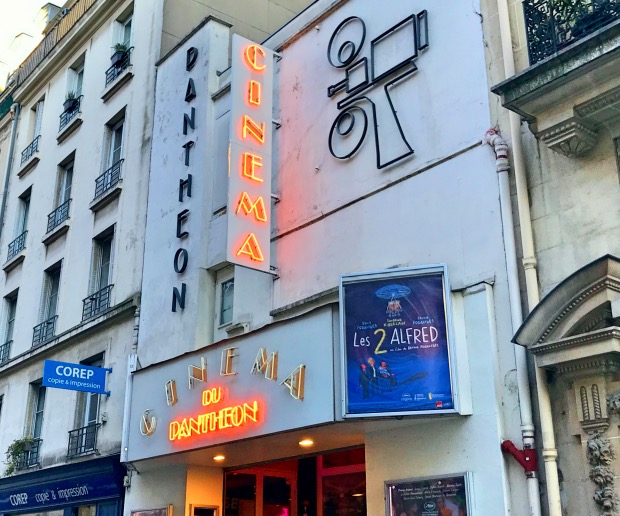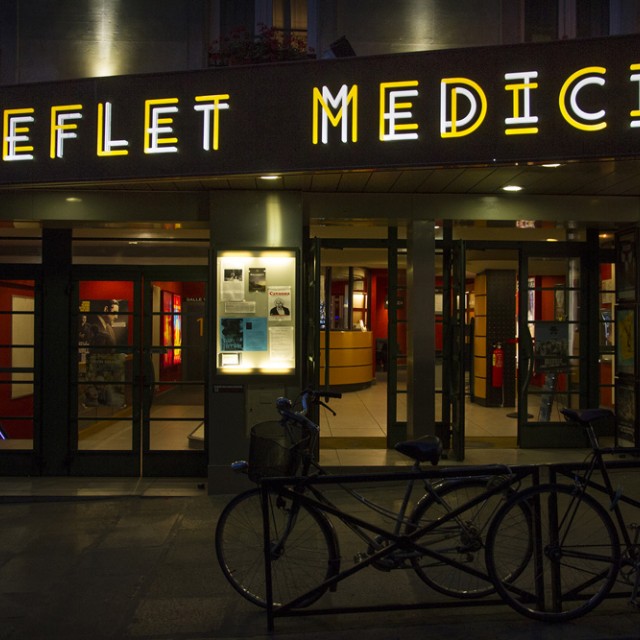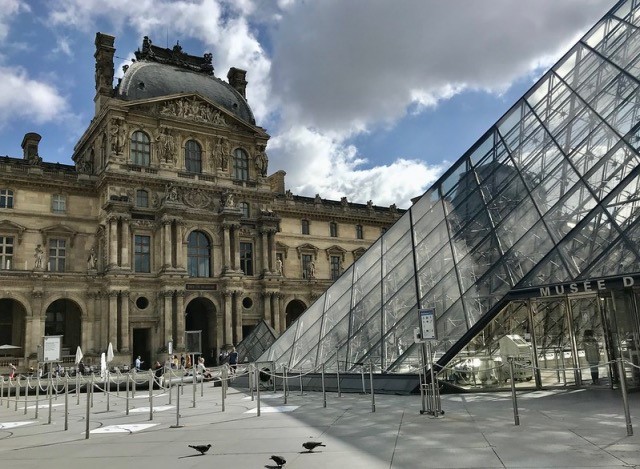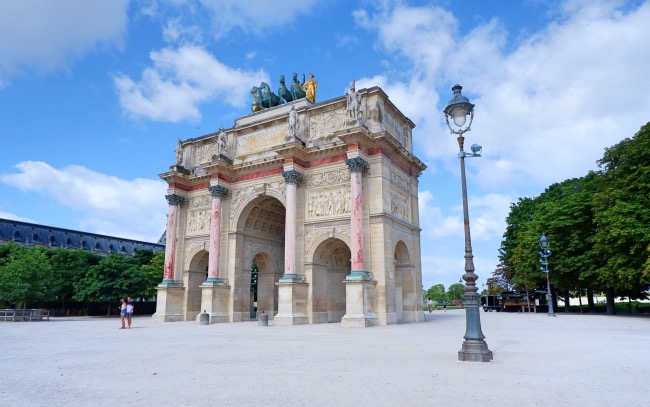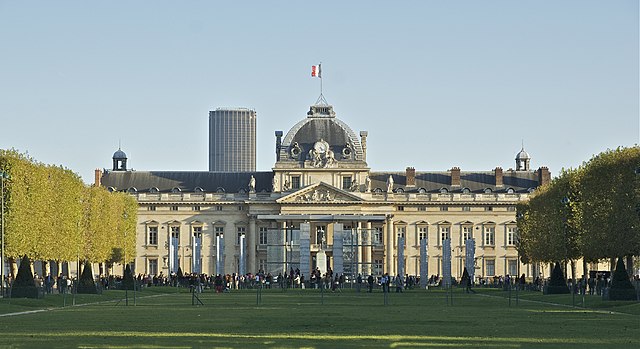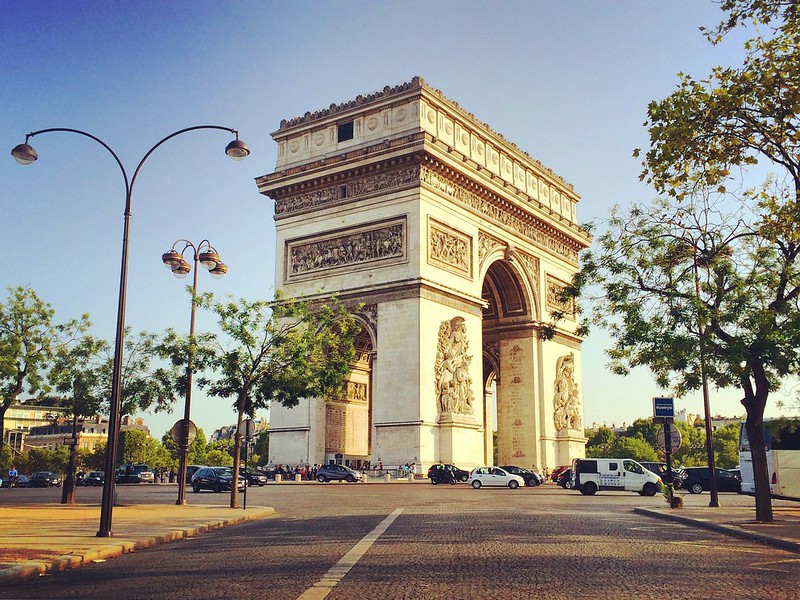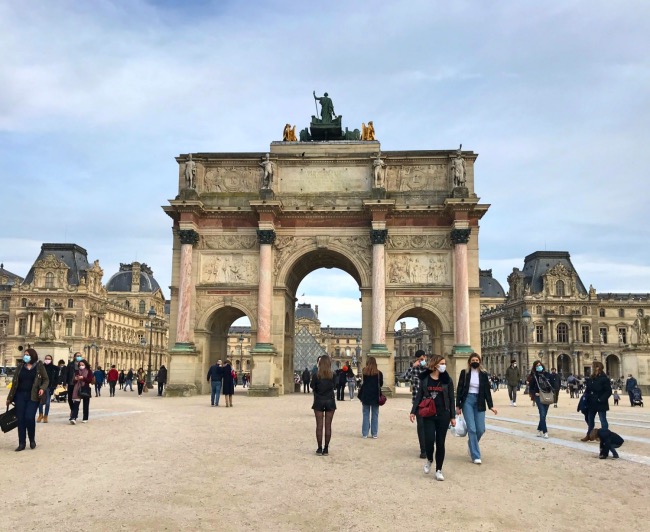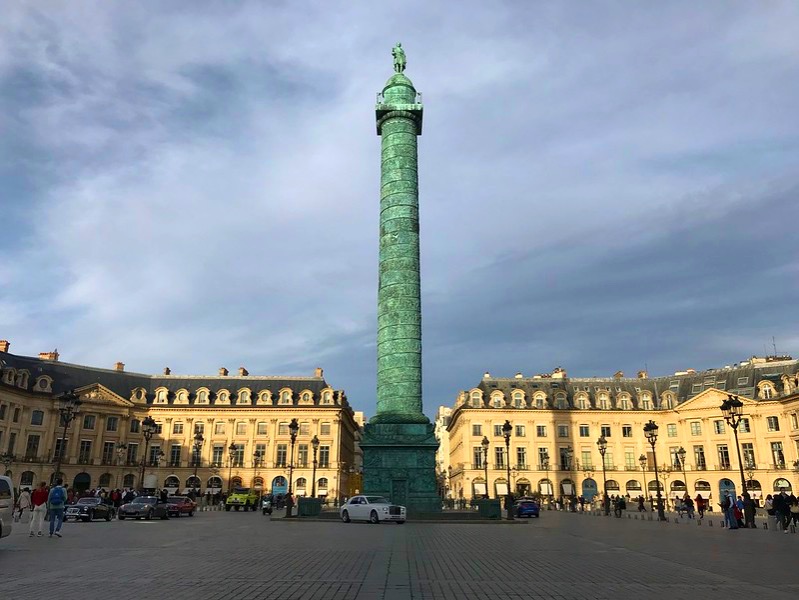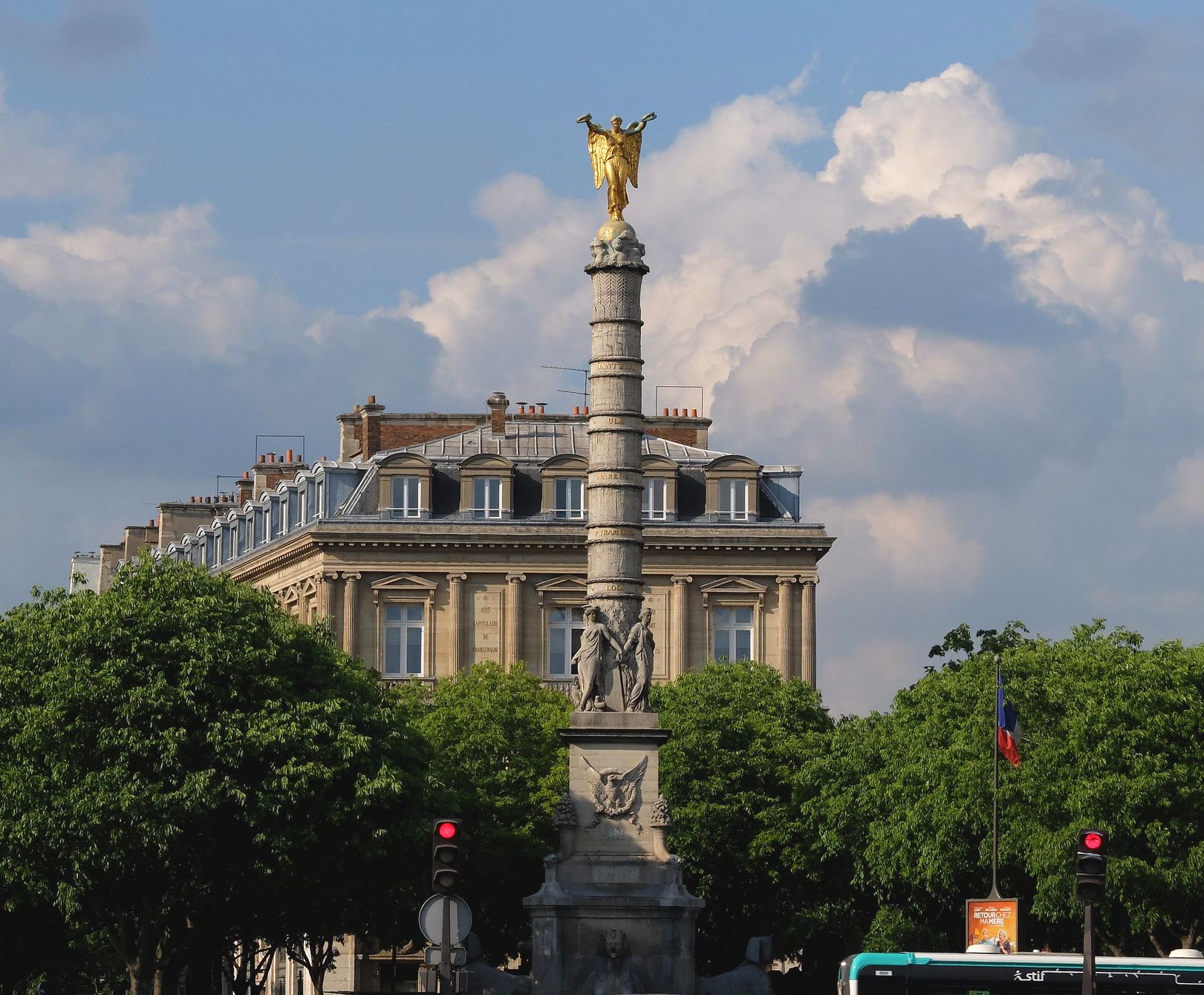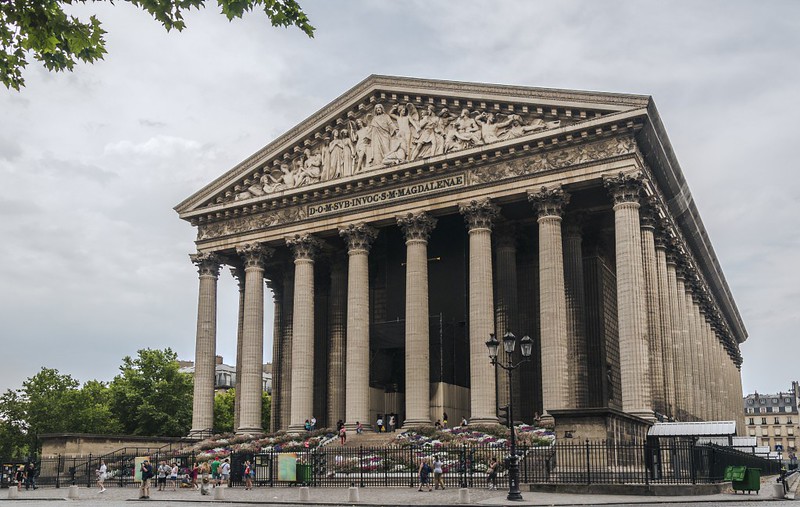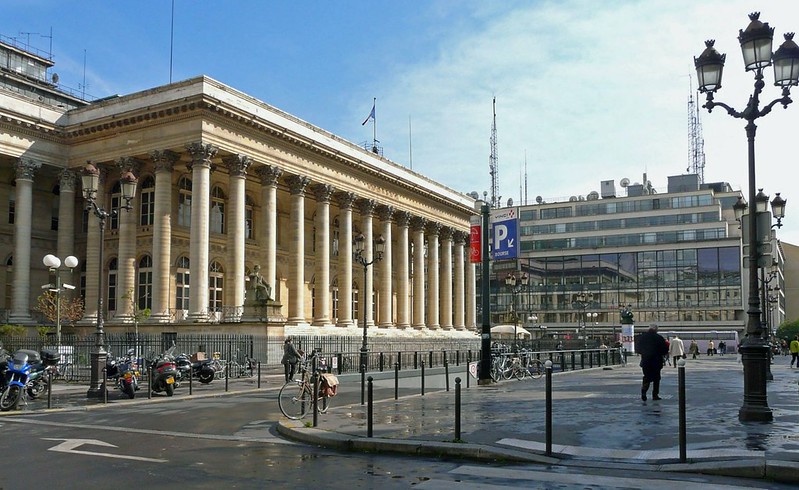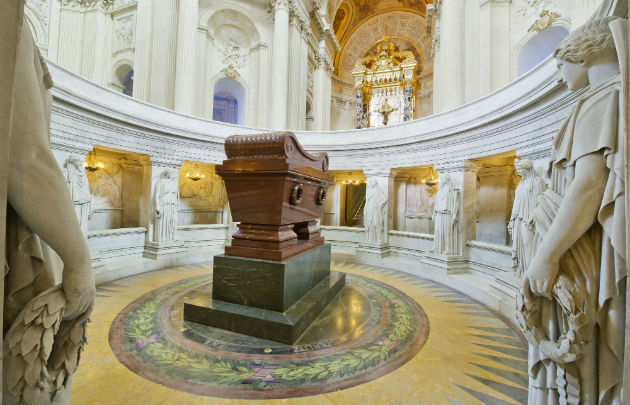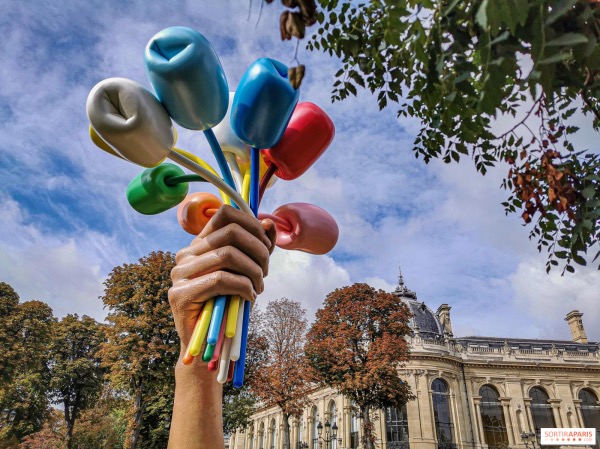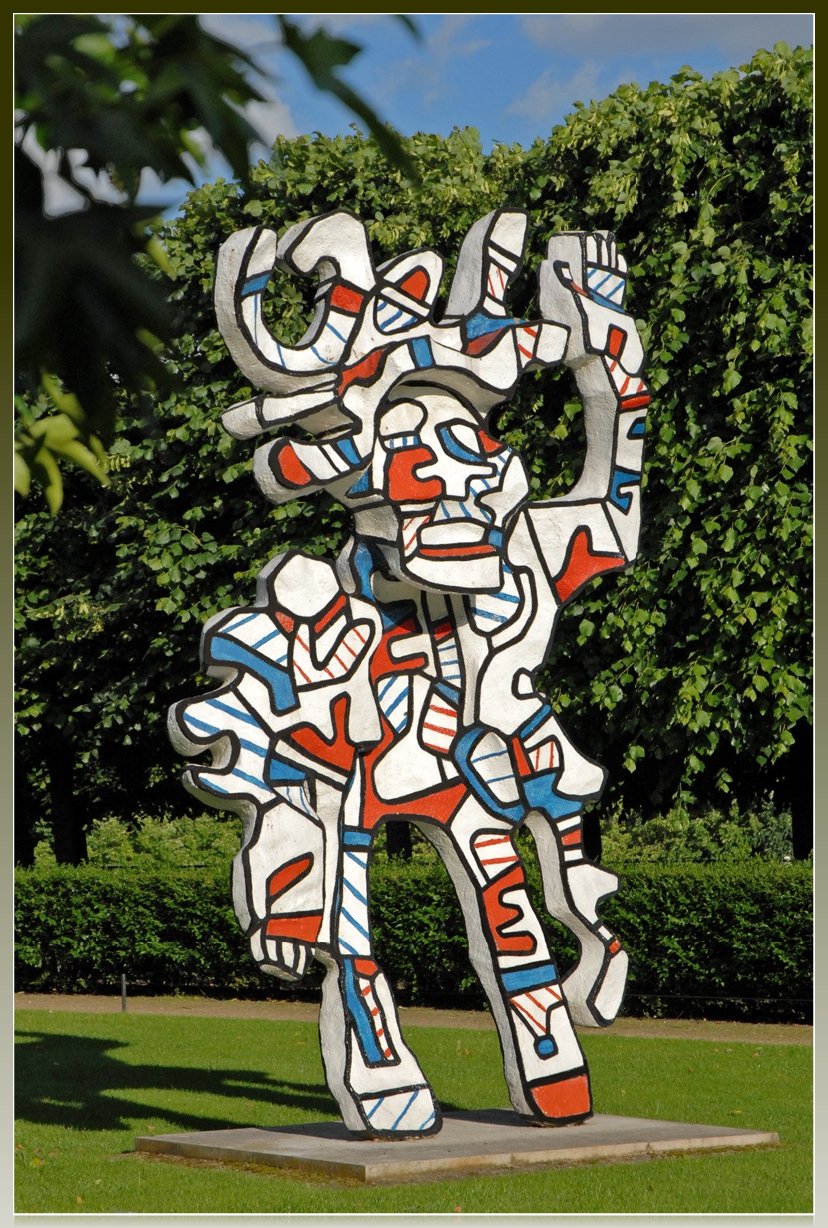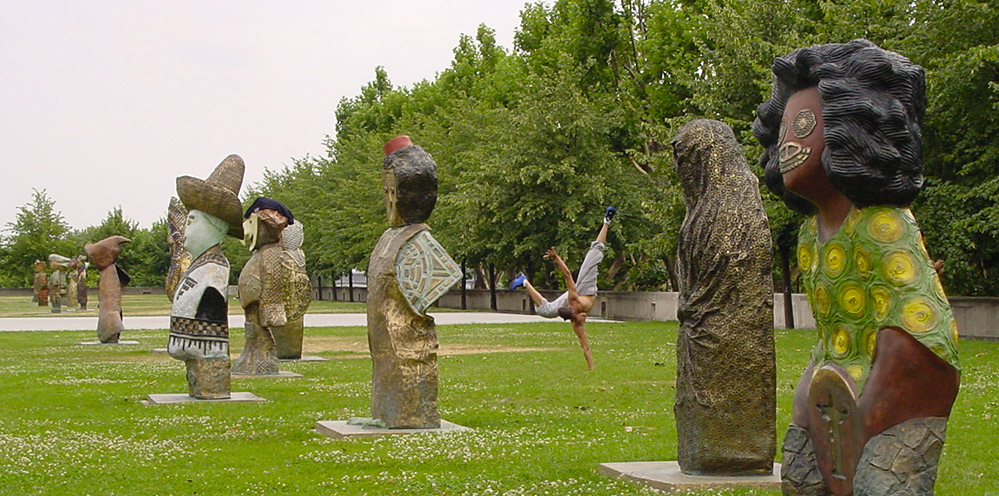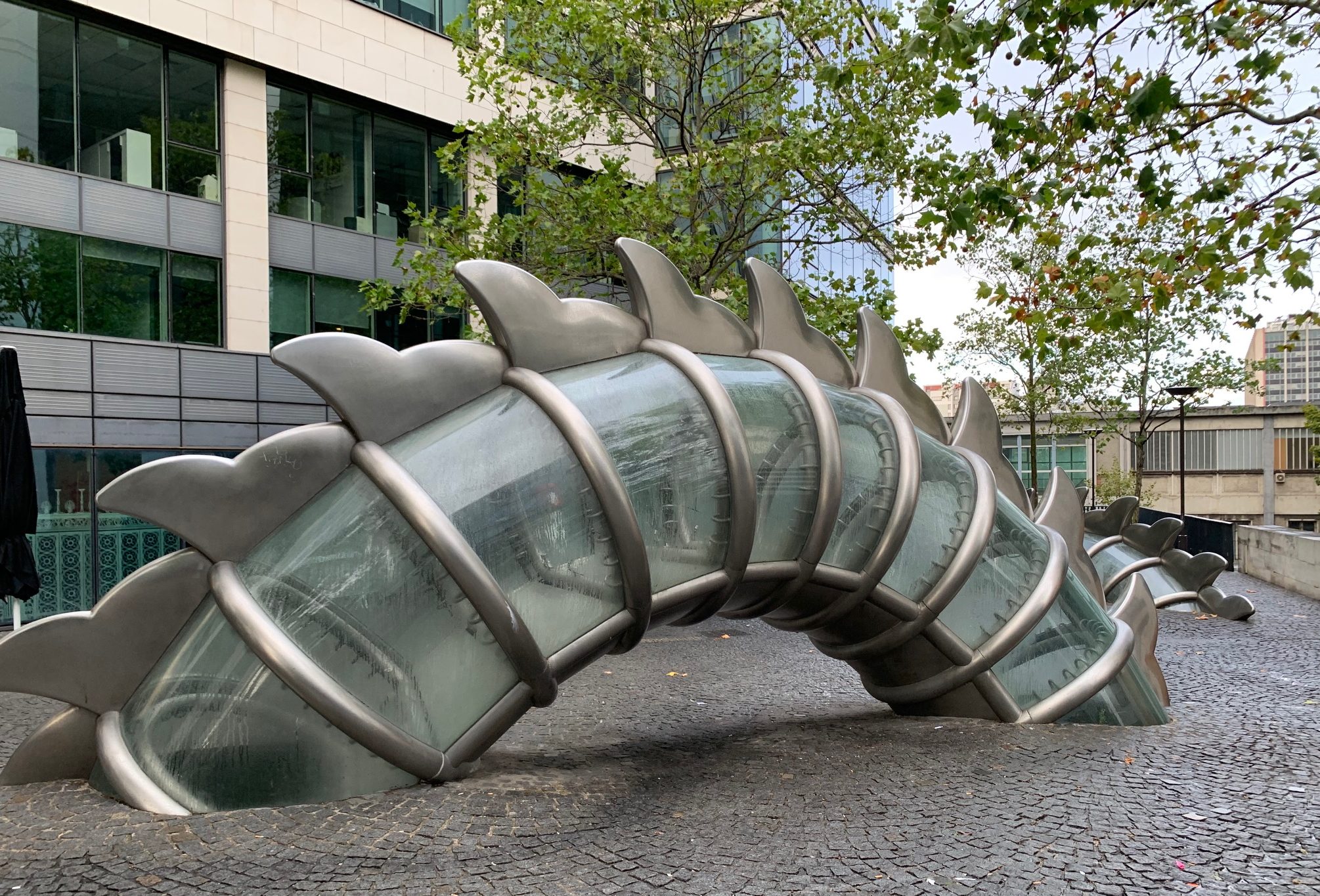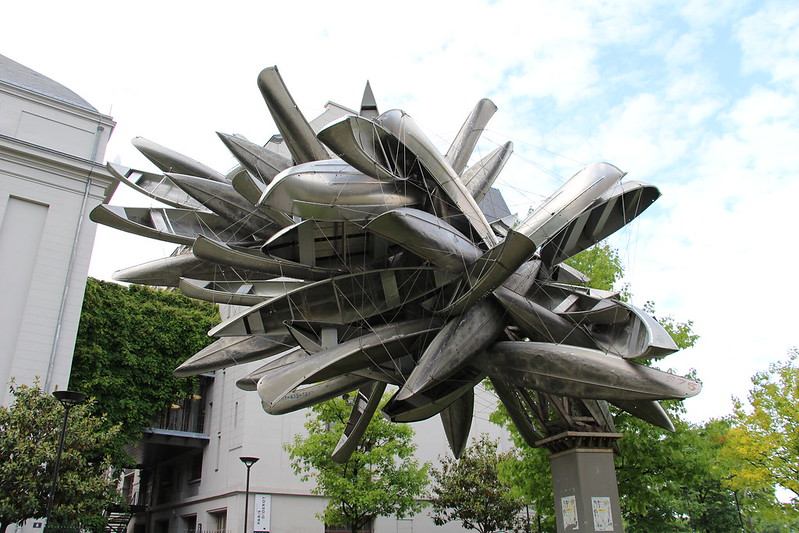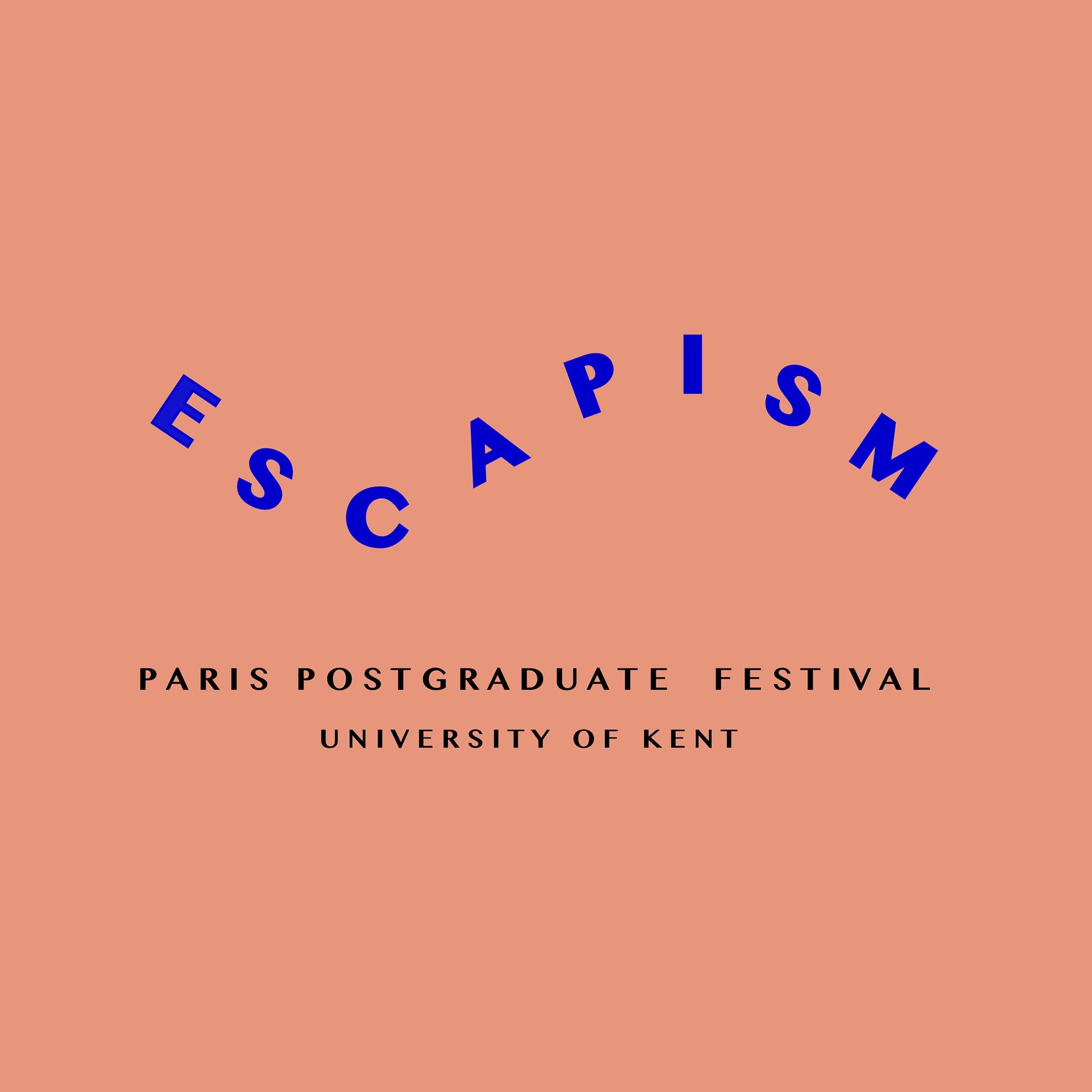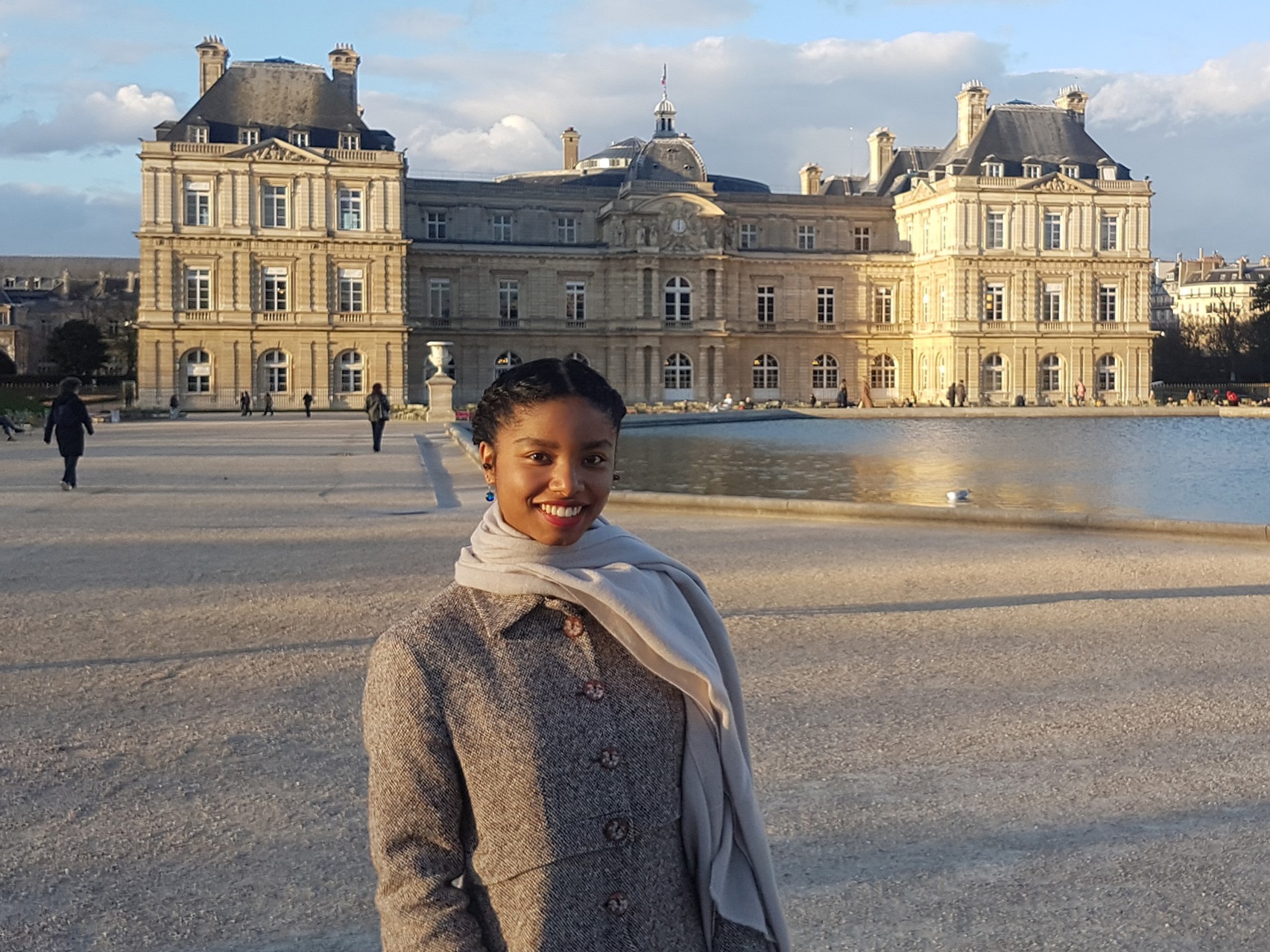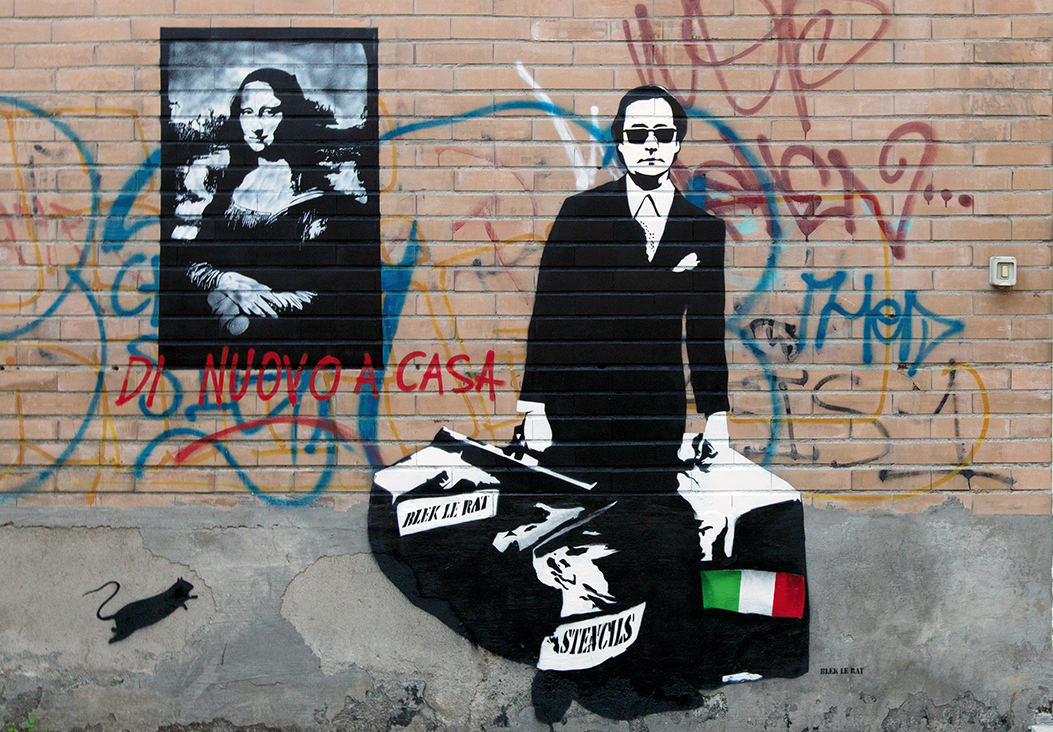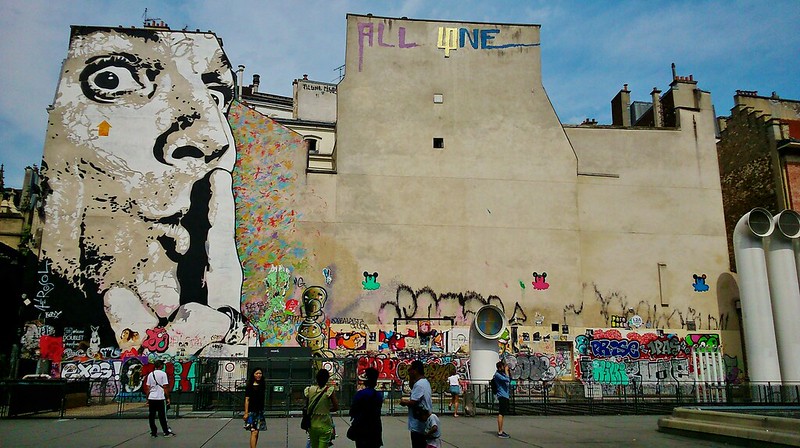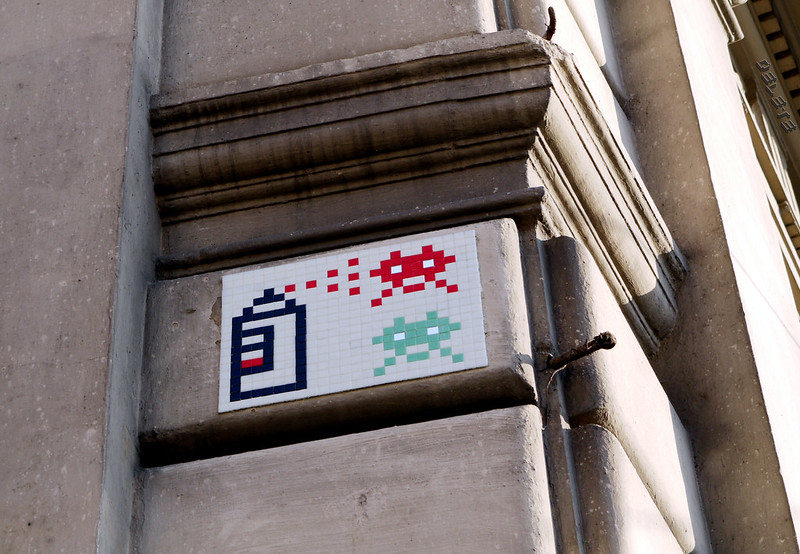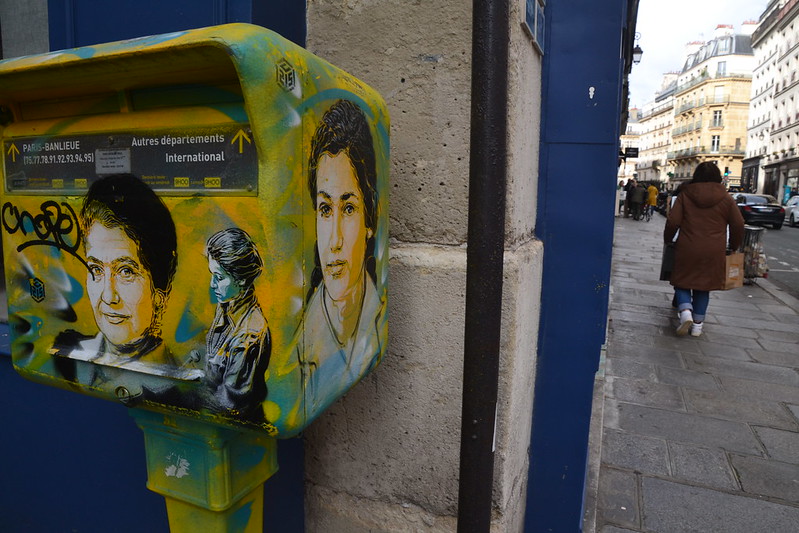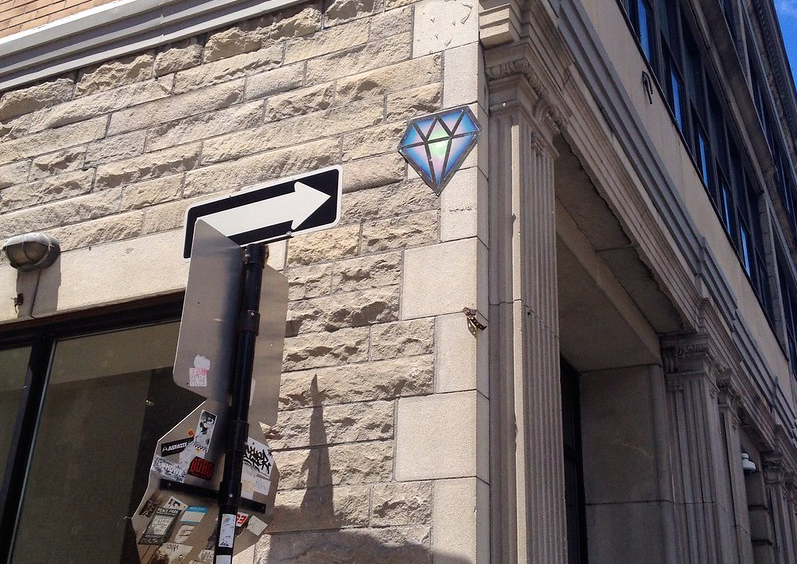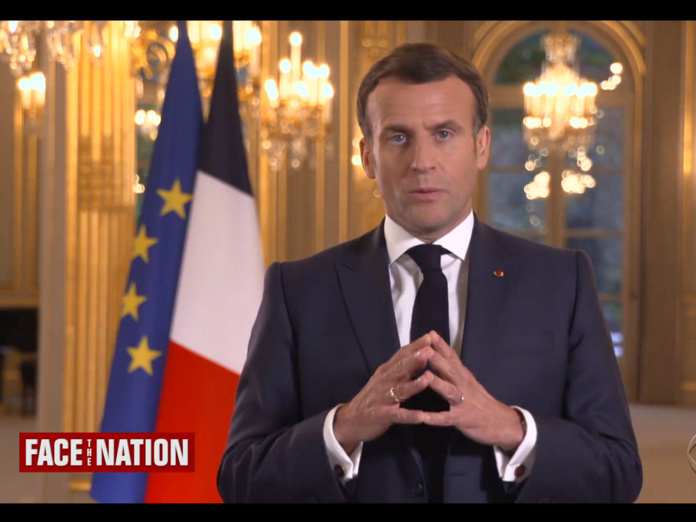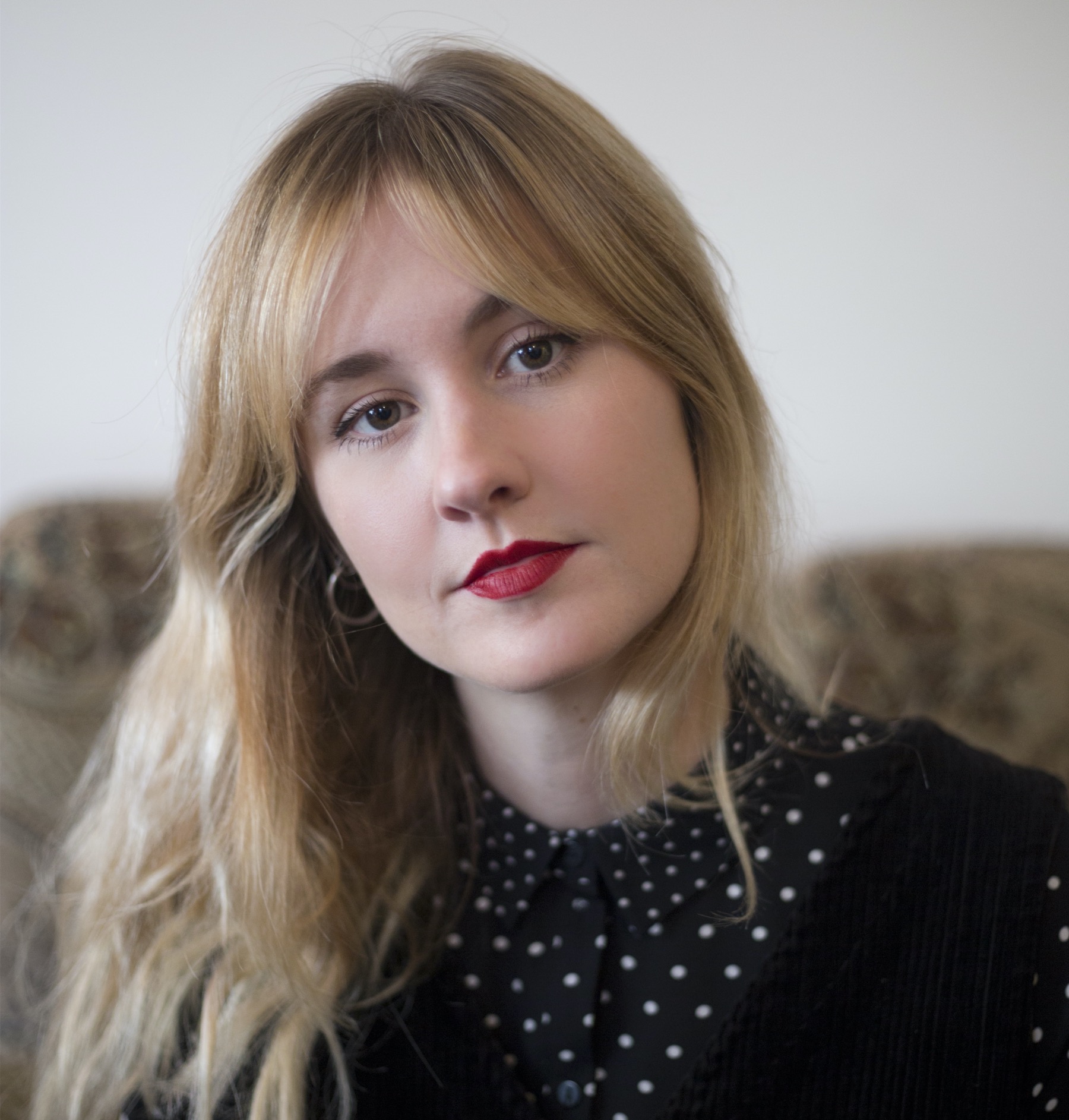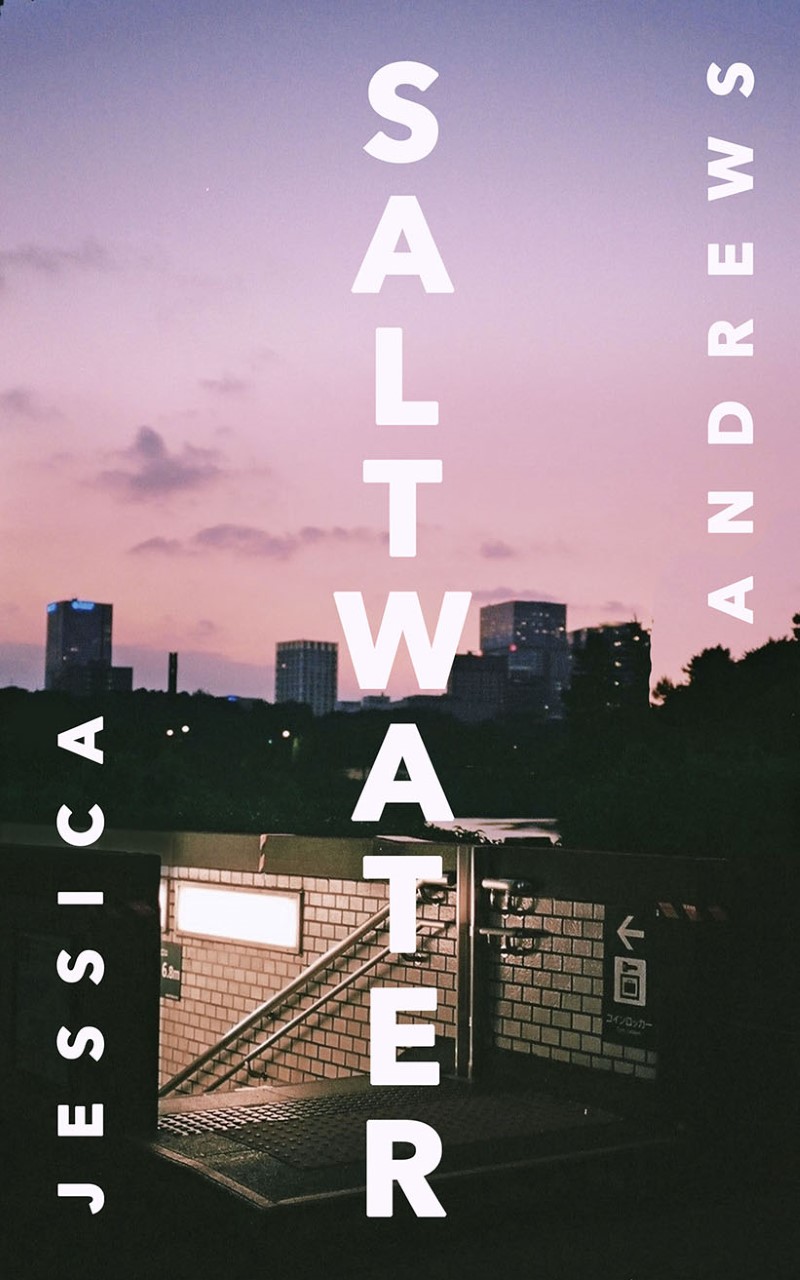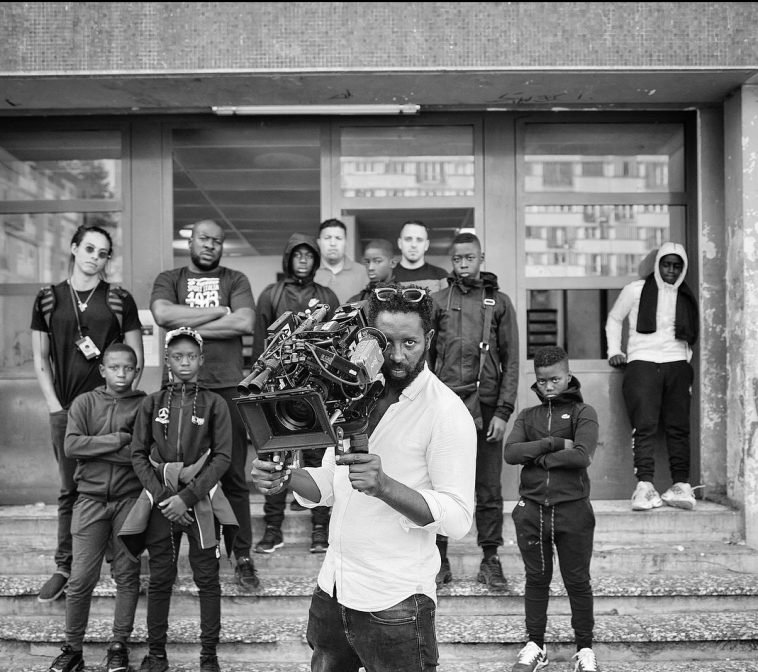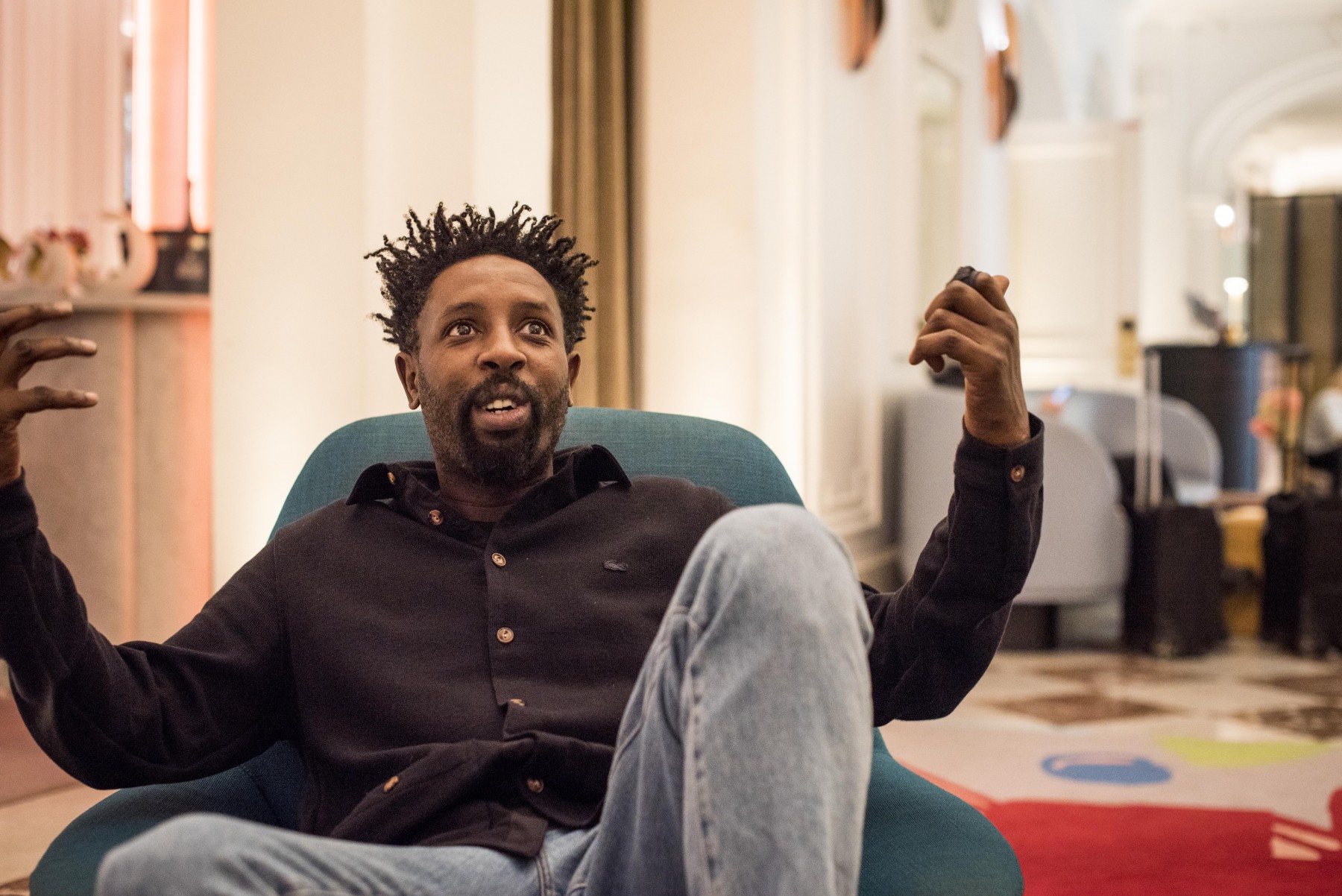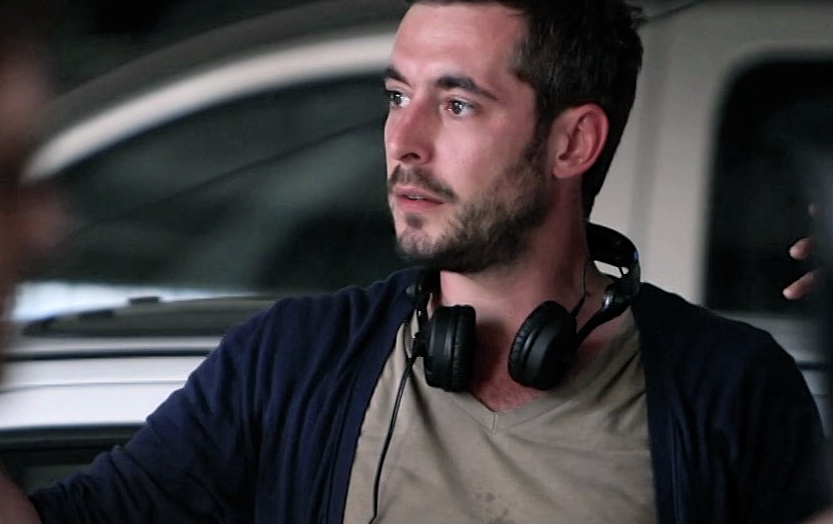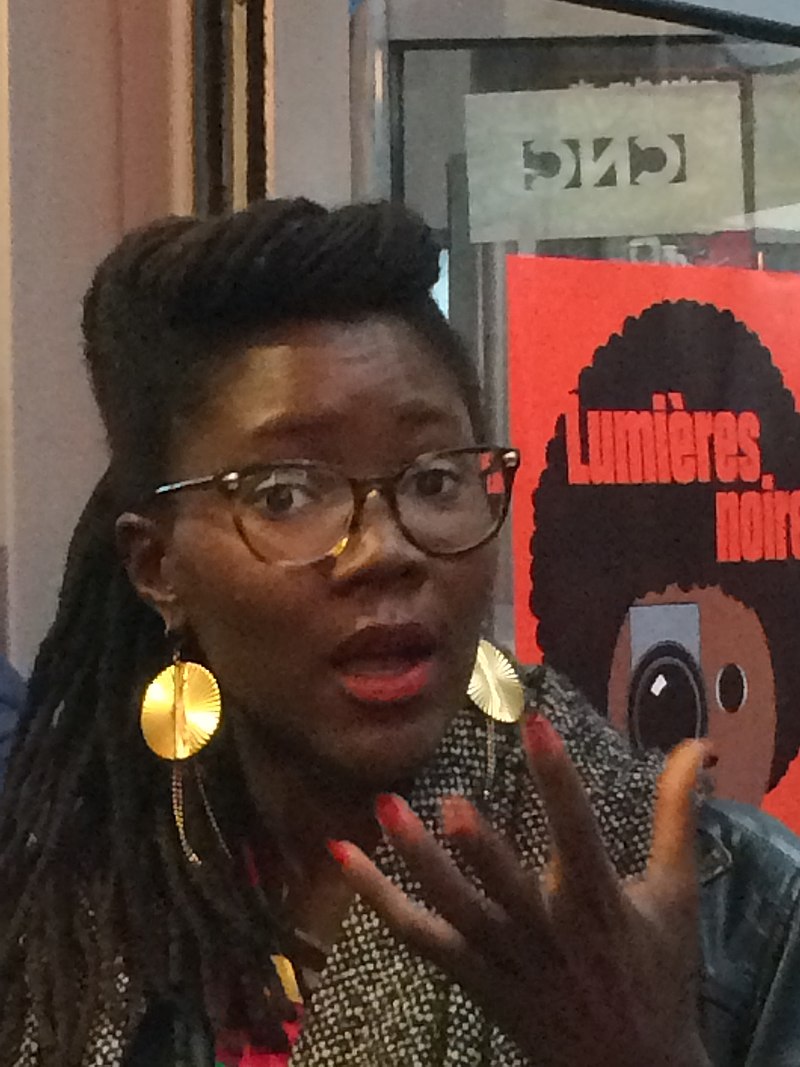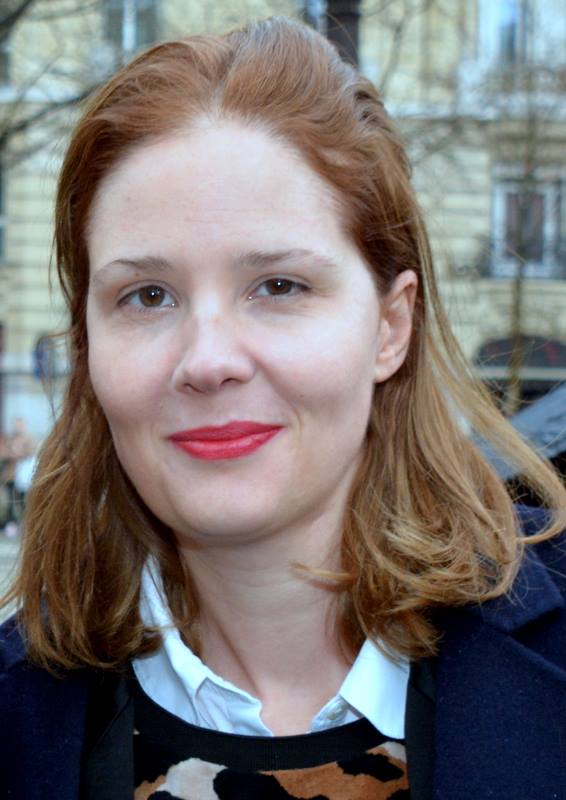Since the first ever public film screening in 1895, Parisians have been big cinéphiles, or film buffs. The city’s phenomenal film culture is definitely a top reason to study film in Paris. One of the best ways of experiencing this is by attending screenings at one of the Paris’s historic cinemas. The following movie theatres have both excellent screening agendas and fascinating histories.
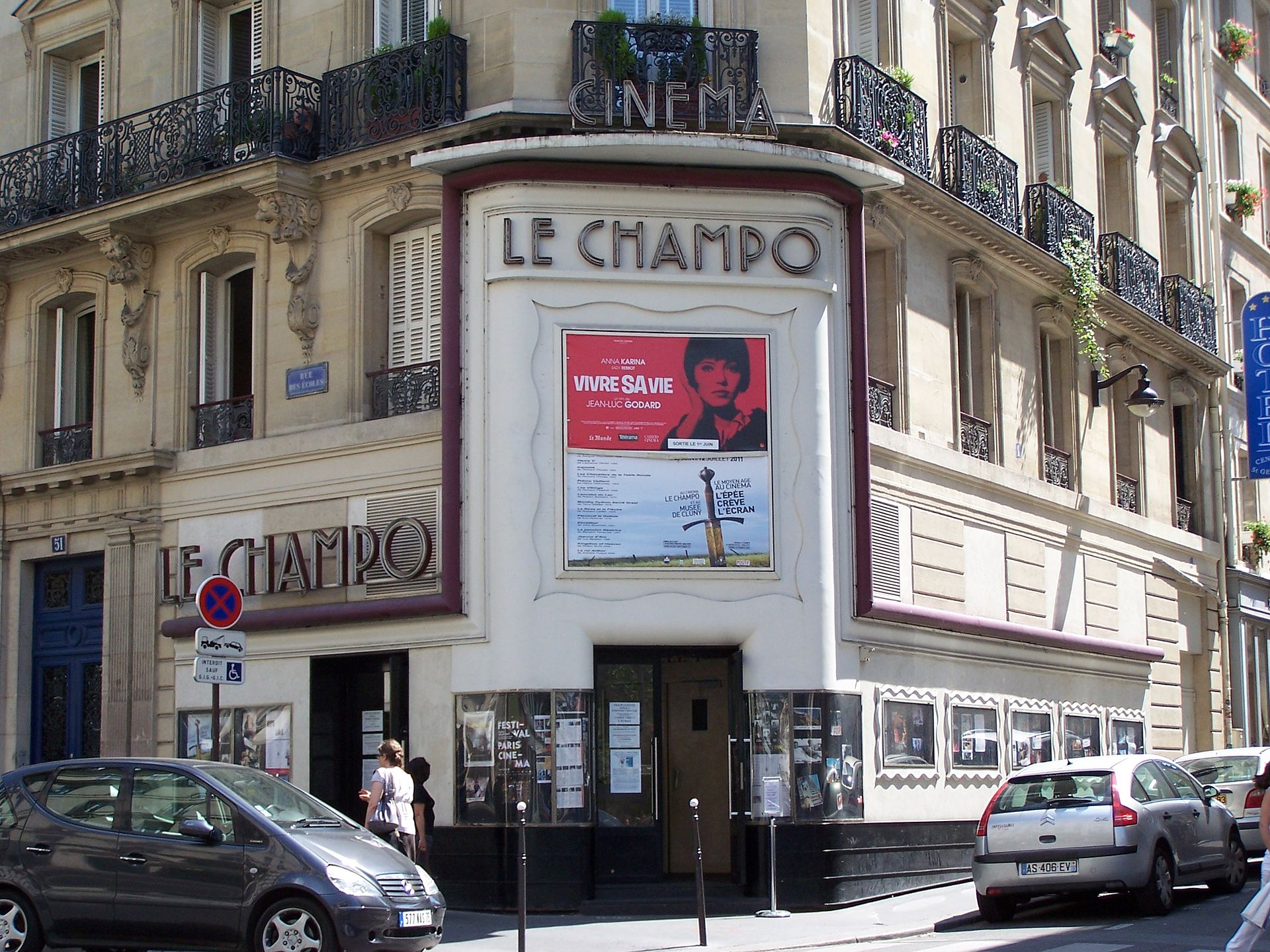
Le Champo. Photo LPLT / CC
Le Champo
Opened in 1938, this is one of the leading movie theatres in the Latin Quarter, where many of the art house cinemas in Paris are located. Down the street from the Sorbonne, it’s popular with students of the University of Paris and was an important cinema for La Nouvelle Vague. In fact, François Truffaut deemed it his “headquarters” and by Claude Chabrol considered it as his “second university”. In the early 2000s, with worries that the cinema might close down, a group of cinema professionals, including Cédric Klapisch and Isabelle Huppert, succeeded in saving the cinema and getting it classified as a national monument.
Cinéma du Panthéon
Established in 1907, this is the oldest movie theatre in the city. In 1929 it was bought by Pierre Braunberger, the producer who is credited for discovering La Nouvelle Vague greats such as Jean-Luc Godard, Alain Resnais and Jean-Pierre Melville. As such, the cinema became a showcase for the French New Wave and was one of the first French cinemas to screen foreign films in their original language. In 2006 the theatre saw a modern touch with the addition of a stylish “salon” co-designed by actress Catherine Deneuve.

Studio 28. Photo: / CC
Le Studio 28
Considered by Jean Cocteau as “the cinema of masterpieces, the masterpiece of cinemas”, this eclectic art house cinema is tucked away on a small street in Montmartre. It was inaugurated in 1928 with a screening of Abel Gance’s Napoléon and quickly became popular with the avant-garde artists and filmmakers of the time. It’s lobby even once included artwork by Dali, Joan Miro, Max Ernst, Man Ray, and Pierre Tanguy. In November 1930, Luis Bunuel and Salvador Dali’s film L’Age d’Or premiered at the theatre. The film, which aimed to question the Roman Catholic Church’s strict policies on sexuality, caused such an uproar that the film was banned within a week and the cinema was ransacked by right-wing rioters. The movie theatre managed to persist through those turbulent times and has carried on with its innovative programming. Even if you haven’t been to the cinema yet, you might have already since it as it was featured in Jean-Pierre Jeunet’s 2001 film Amélie.
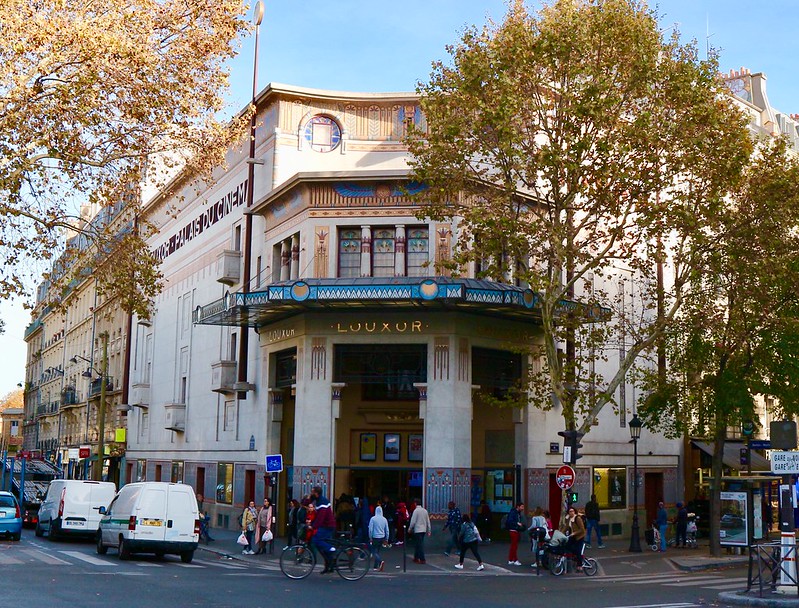
Le Louxor
This beautiful Art Deco cinema has had many lives since opening in 1921. As you might guess by its name, it features an Egyptian inspired façade, with gilded mosaics, and it had a Pharaonic-sized screening at 1,195 seats, making it one of the largest in Paris at the time (it has since been reduced). Despite its façade and roof being classified as national monuments in the early 1970s, cinema-going was then beginning to wane in Paris. This led to the building being transformed into the biggest gay nightclub in the city before being abandoned for a decade. It was fortunately bought by the city of Paris in 2003, leading to its restoration and reopening in 2013. Before or after your film, grab a drink at its bar which has a terrace with lovely views of Montmartre.

Lucernaire
Although this multifunction theatre and cinema isn’t as old as some of the others on the list, it still holds its place in the Parisian art house scene. Opened in 1969, the Montparnasse venue is comprised of three theatres, three screening rooms, a bookshop, art gallery, restaurant and bar. Whether it’s the art on display or the films being screened, the establishment aims to foster new talents, creativity and interconnectivity between art forms. What’s more, it’s conveniently located down the street from our Paris School.

Studio Galande. Photo: LPLT / CC
Studio Galande
Another Latin Quarter film institution, this small theatre has occupied a cellar near Notre Dame since 1973. Although it has a diverse programme of art house films from all around the globe, it is best known for its twice-weekly screenings of The Rocky Horror Picture Show. Held every Friday and Saturday night at 10 pm, the Studio Galande is the only European movie theatre to still have regular screenings of Jim Sharman’s cult musical comedy. The lively screenings are accompanied by local costumed performers who lead the audience in sing-alongs and dancing.
Reflet Médicis
Originally a theatre for dramatic productions, since 1964 this Latin Quarter cinema has become one of Paris leading and most active independent film venues. In addition to an varied agenda of art house films of both past and present, the cinema hosts regular retrospectives, debates and conferences. Today it is now part of the Dulac Cinémas, a small group of art house cinemas striving to keep this tradition alive.
Interesting in immersing yourself in Film in Paris? Consider pursuing your knowledge during the one-year Film Master’s degree programme offer by our Paris School of Arts and Culture.

